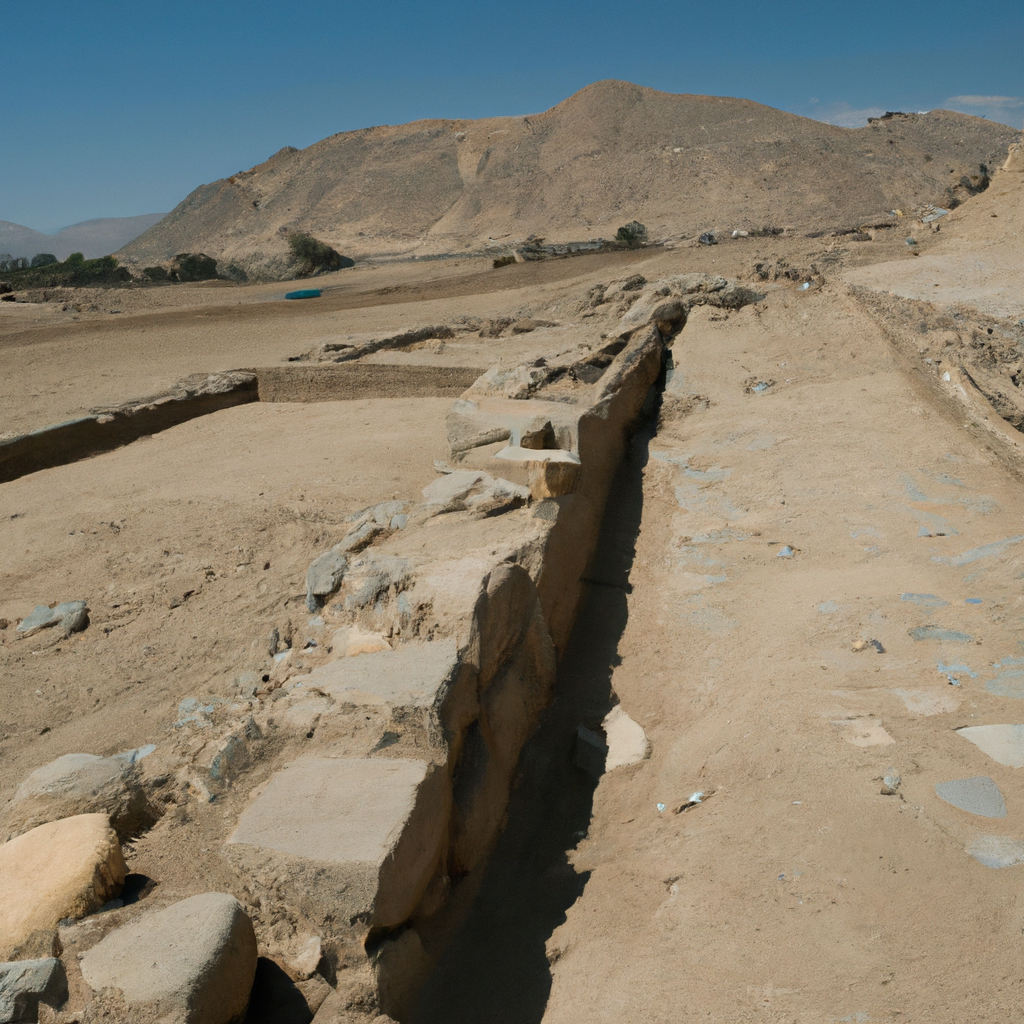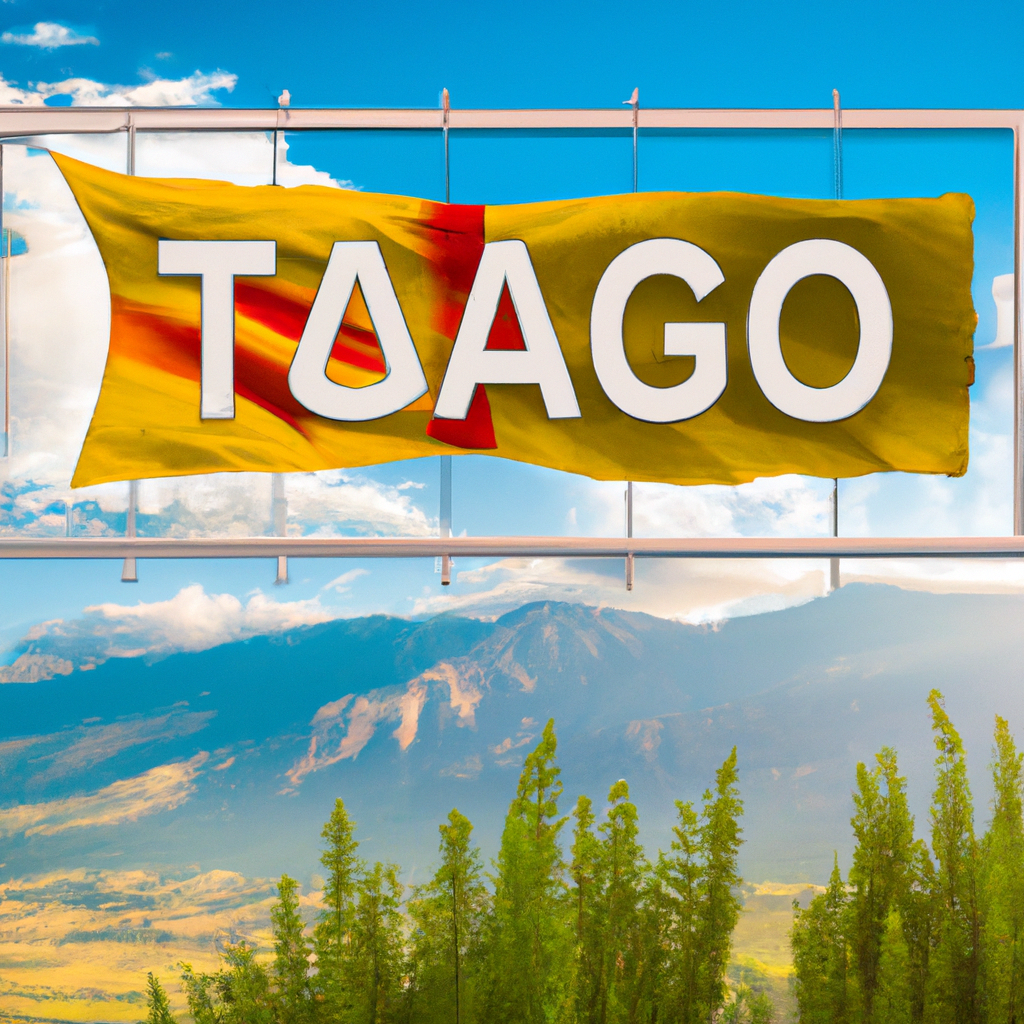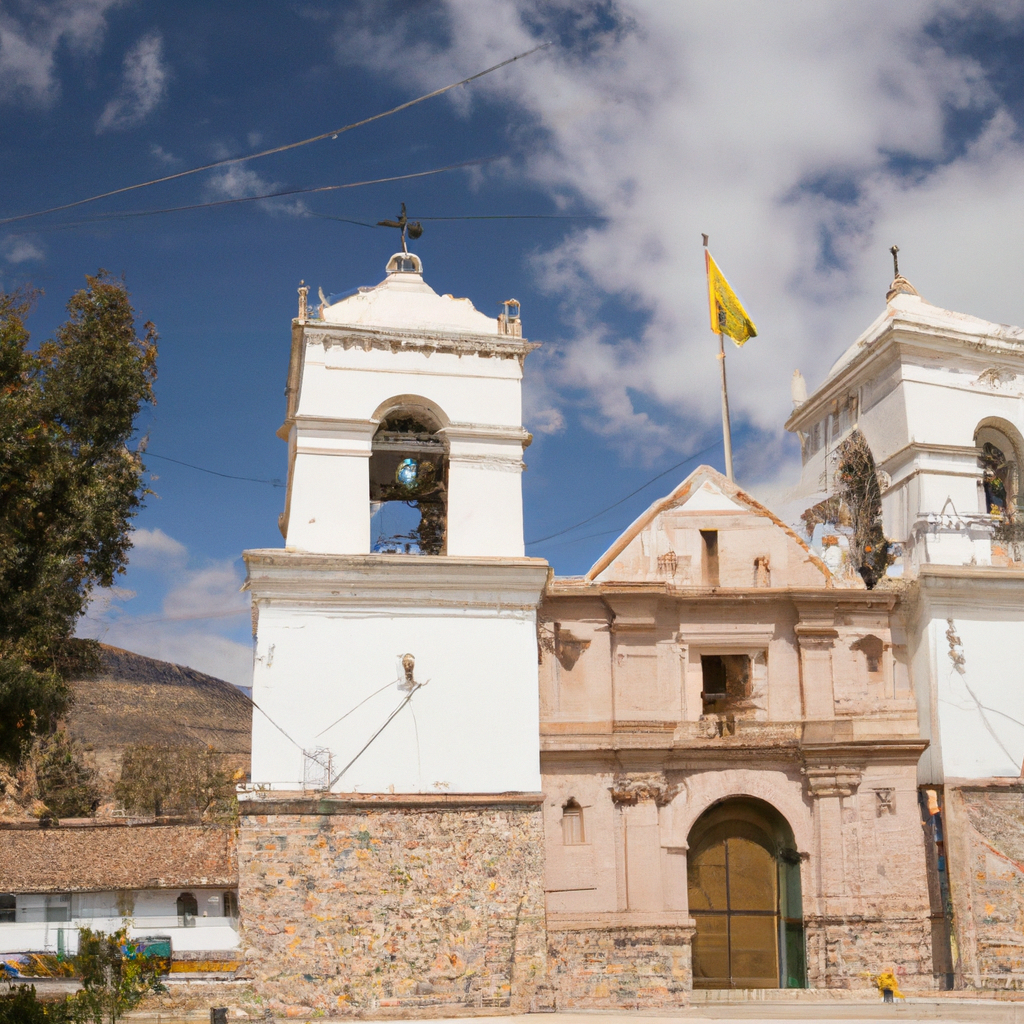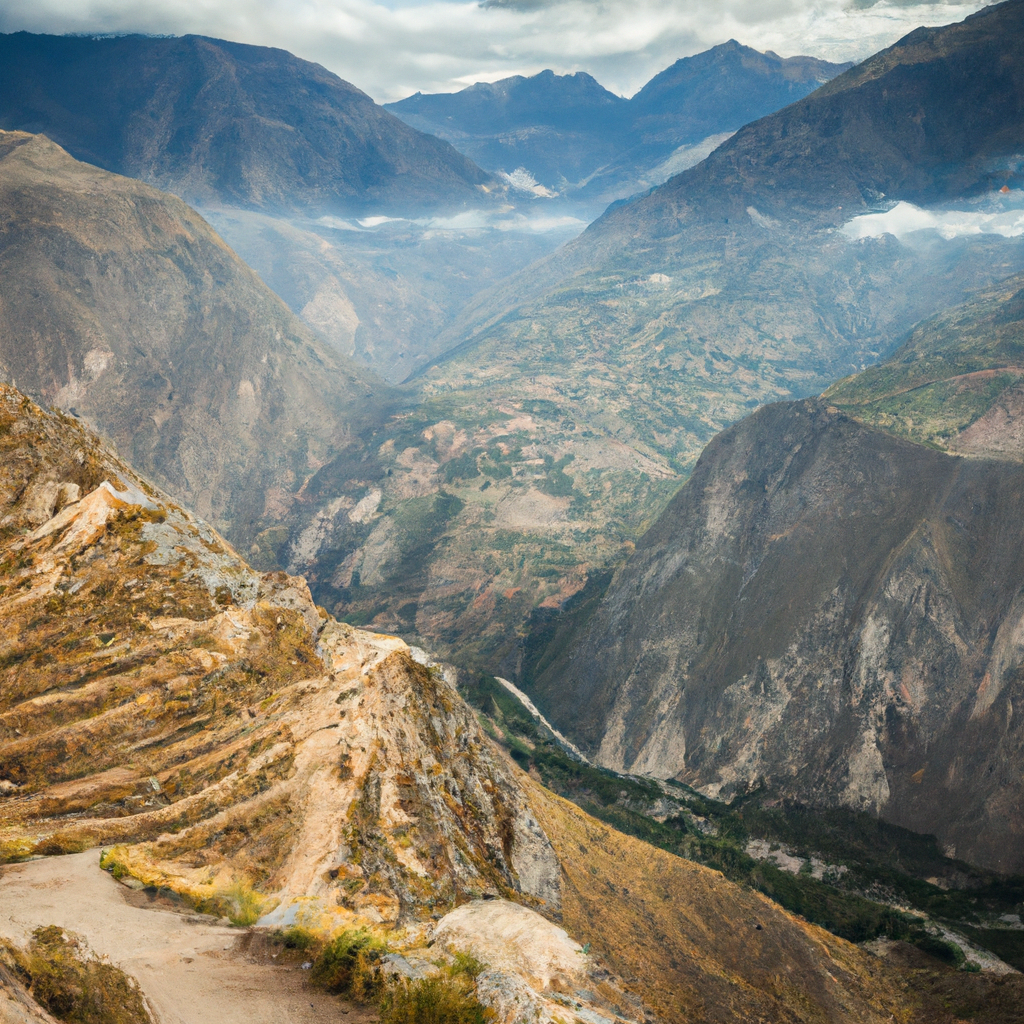Pachacámac Archaeological Site In Peru: Overview,Prominent Features,History,Interesting facts
Overview:
Pachacamac is an archaeological site located on the Central Coast of Peru, about 40 kilometers (25 miles) south of the city of Lima. It was an important oracle site and religious center of the ancient pre-Inca period. The site was most active between 800 and 1450 A.D, and it was believed to be an important religious and political center for the region. The archaeological remains cover a huge area and show evidence of occupation over a period of roughly 3000 years. The most famous feature of the site are the adobe pyramids, which were primarily used for religious purposes - most notably for the oracle used by the priests to communicate with their deities. Other remnants of the religious element of Pachacamac include offerings such as pottery and artwork, and human remains, which were thought to have a connection to the spirituality of the site. There are also structural remains that can be seen at the site, including plazas, terraces, and buildings. As an important trading centre, Pachacamac also became increasingly wealthy and powerful, and this wealth and power can be seen in the construction of its monuments. Today, Pachacamac is one of the most important archaeological sites in Peru, and has been designated a UNESCO World Heritage Site. It is one of the most beautiful monuments in Peru
Prominent Features:
1. Huaca Pachacámac: One of the most important pre-Inca sites in Peru, the Huaca Pachacámac holds ruins from the Lima culture which flourished from 200 to 700 AD. It includes pyramids and temples, a cemetery, terraces for agriculture, and administrative palaces. 2. Andenerías: These terraces were used by the ancient Lima culture for agricultural purposes. They have survived to the present day, offering visitors a remarkable glimpse into the past. 3. Intihuasi: This large pyramid is the largest structure at the site and is believed to have served as the ceremonial center for the Lima culture. It is believed to have been a site for important religious ceremonies. 4. The Oracle Temple: The most important of the structures at the archaeological site, this temple once served as the site of a powerful oracle that offered advice to the practices of the locals. 5. Sun Temple: The Sun Temple was built to honor the god Inti, the Inca sun god. This building was used for religious ceremonies honoring the sun and is an impressive example of Inca architecture. 6. Terrace Complex: A complex of terraces of various sizes, the terraces were used for both agriculture and possibly ceremonial purposes. 7. Cemeteries: There are a number of cemeteries at the archaeological site, offering a unique glimpse of funerary practices of the ancient Lima culture. 8. Palace Complex: This complex of buildings is believed to have served the administrative and possibly religious needs of the Lima culture. 9. Museums: The archaeological site is home to two on-site museums. The Museo Arqueológico Regional de Pachacámac and Museo Larco offer visitors an in-depth look at the history and culture of the Lima culture. You can learn history, culture, and heritage through these magnificent monuments in Peru.
History:
The Pachacámac archaeological site is located south of Lima, Peru, near the Lurín river and about ten kilometers from the Pacific coast. There are several cultural remains from different civilizations in the area, mostly dating from the Late Intermediate and Inca period. Pachacamac is believed to have been a site of religious significance, and the Incas considered it to be a holy place. Much of the architecture that remains, including the Temple of the Sun and the Temple of the Moon, dated to the Inca period. The Incas built a temple here in honor of the god Pachacamac, who was the creator and ruler of the world. It is unclear if the temple at Pachacamac was originally built by the Incas, or if they made use of pre-existing structures. The origins of the Pachacámac archaeological site are believed to date back to the Late Intermediate Period of Peru (1000-1476AD). One of the most important discoveries from this period is the “Huaca Pucllana”, a large adobe and stone pyramid located in the center of the complex. This pyramid was built by the Lima culture, and is thought to have been used as a religious and administrative center. Nearby tombs, artifacts, and pre-Inca ceramics provide evidence that this was a major religious center during this period. After the fall of the Inca Empire in the 16th century, the site was abandoned and over the centuries forgotten. It was rediscovered in 1873, when archaeologist Pío Abad y Piérola began excavations and uncovered various monuments. Since then, the site has undergone extensive archaeological excavations and numerous artifacts have been unearthed. Today, the archaeological site is an important part of Peruvian history and is a popular tourist attraction. Visitors can tour the ruins, visit the museum, and learn about the site’s ancient past. Visit one of the famous monuments of Peru with your friends and family.
Interesting facts:
1. The Pachacámac Archaeological Site is located on the outskirts of Lima, Peru. 2. It is thought to have been built around 200 AD, and is considered to be an important religious and administrative center for the Lima culture. 3. The site contains several pyramids, temples, and other structures built from adobe brick and stone. 4. It was once the most important pilgrimage site for millions of Incas and previous civilizations. 5. The site is made up of several different structures, including the Temple of the Sun, the Tiahuanaco Complex, and the Painted Temple. 6. Many of the structures are decorated with carvings and painted murals depicting scenes from Inca mythology and history. 7. It was an important sacred site for both the Incas and the previous civilizations. 8. In 1939, the site was invaded by the Chilean troops but was reclaimed by the Peruvian government in 1941. 9. In 1979, the archaeological site was declared a World Heritage Site by UNESCO. 10. Visitors to the site can also view the remains of ancient Inca stone walls, terraces, and sculptures. One of the historical monuments of Peru, it tells the story of a bygone era
Explore Peru most popular tourist destination with us. Pachacámac Archaeological Site In Peru: Overview,Prominent Features,History,Interesting facts,which is 35.14 km away from Peru main town, is the most popular destination to add in your travel wishlist.
-
City:
Peru
-
state:
Lima
-
country:
Peru
-
country code:
PE
-
postcode:
13
Location:
Lima Peru

















